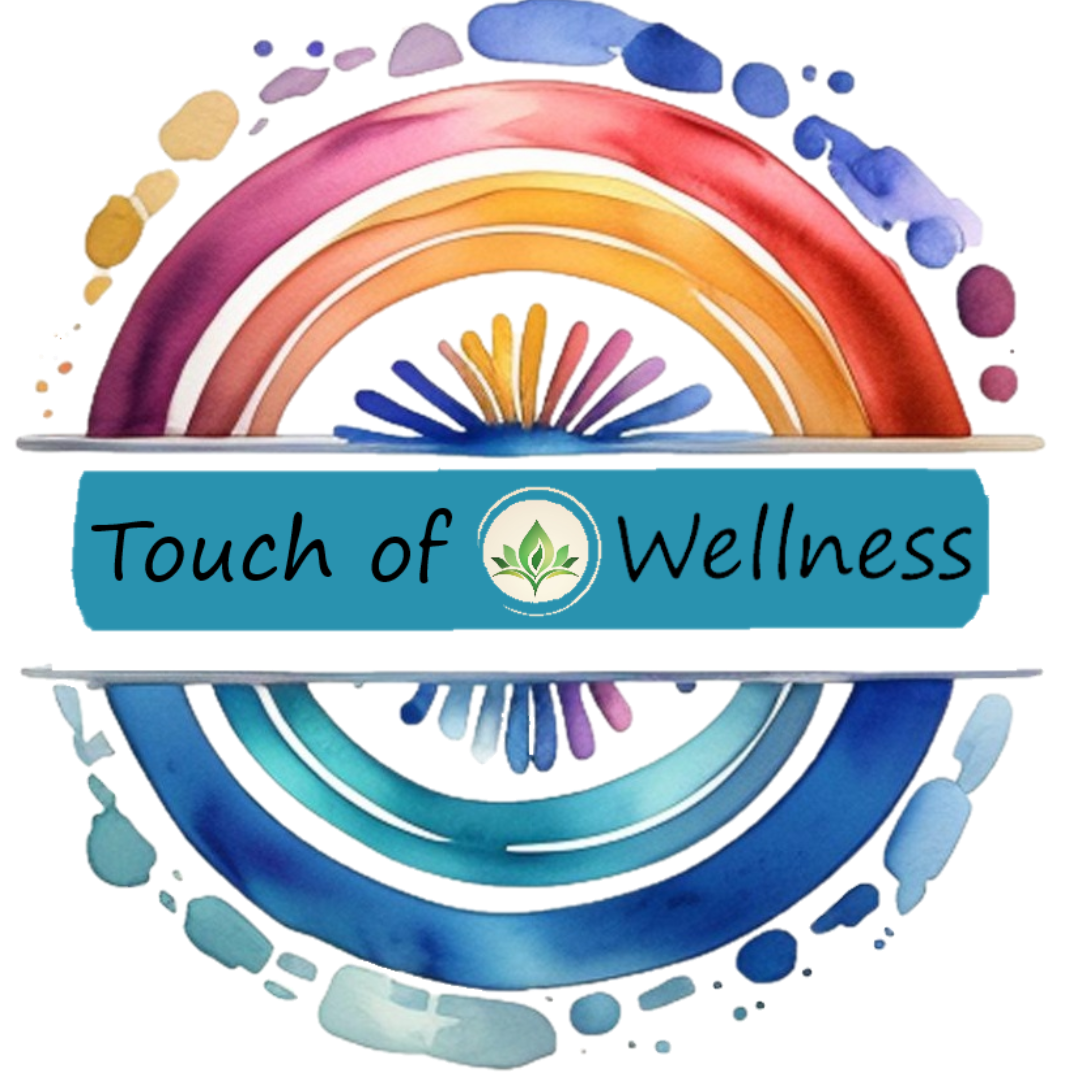Easing the Pain: How Massage Therapy Helps with Migraines
Migraines affect millions of people globally, and in the UK, the impact is profound. Over 10 million people in the UK live with migraine, and approximately 1.3 million experience chronic migraine, defined as symptoms occurring for at least 15 days a month. This condition significantly impacts daily life, with an estimated 43 million work and education days lost annually due to migraines
Migraine Challenges:
Work and Relationships: Studies reveal that 71% of UK migraine sufferers report a significant impact on mental health, while 60% note challenges in their relationships
Underdiagnosis and Treatment Access: Many individuals in the UK struggle with delayed diagnoses or limited access to effective treatments, often exacerbating the physical and emotional burden of migraines
Understanding Migraines
Migraines are a complex neurological condition that affects millions worldwide. They are characterized by:
Throbbing or pulsing pain, often on one side of the head.
Nausea, vomiting, and dizziness.
Heightened sensitivity to light, sound, and smells.
A report published in the journal Headache states that migraines are the sixth most disabling illness in the world, leading to missed workdays and decreased quality of life. Triggers vary, ranging from stress and poor posture to lack of sleep or dietary factors. Addressing these triggers is key to managing migraines, and that’s where massage therapy can play a pivotal role.
How Massage Therapy Helps with Migraines
Massage therapy has emerged as a supportive treatment for migraines, focusing on stress reduction, pain relief, and improved circulation. For many, this non-invasive approach complements conventional treatments, addressing some root causes of migraines like tension and poor posture.
Stress Reduction: Massage reduces cortisol (stress hormone) levels, which can trigger migraines.
Relief from Muscle Tension: Tightness in the neck and shoulders, common among office workers in the UK, is a frequent contributor to migraine onset. Massage targets these areas, providing relief.
Improved Sleep: Sleep disturbances are a major migraine trigger. Regular massage can promote better sleep quality, indirectly reducing migraine frequency.
Evidence Supporting Massage for Migraines
While robust UK-specific studies on massage therapy for migraines are limited, international research provides strong evidence of its benefits. Studies show that individuals who receive regular massage experience fewer migraines and improved overall wellbeing.
In the UK, more holistic approaches to migraine management, including massage, are gaining popularity as individuals seek relief beyond medication. This aligns with NICE guidelines, which emphasize a multi-faceted approach to headache management
Specific Techniques for Migraine Relief
Not all massage techniques are the same, and certain methods are particularly effective for managing migraines:
Trigger Point Therapy: Targets knots or “trigger points” in muscles that refer pain to other areas, such as the head.
Craniosacral Therapy: A gentle technique focusing on the head, neck, and spine to release tension and improve cerebrospinal fluid flow.
Swedish Massage: Promotes overall relaxation and reduces stress, which can help prevent migraines.
Aromatherapy Massage: Combining massage with essential oils like lavender or peppermint enhances relaxation and provides additional relief, as supported by a study published in Evidence-Based Complementary and Alternative Medicine.
Tips for Maximizing the Benefits
To get the most out of massage therapy for migraines, consider the following:
Communicate with Your Therapist
Let your massage therapist know about your migraine history, triggers, and pain points. This helps them tailor the session to your needs.Hydrate After Your Session
Staying hydrated helps flush out toxins released during the massage.Schedule Regular Sessions
Consistency is key. Regular massage sessions can help maintain reduced tension and stress levels.Complement with Lifestyle Changes
Massage works best as part of a holistic approach. Pay attention to diet, exercise, and stress management techniques.
When to Avoid Massage for Migraines
While massage is generally safe, it’s not recommended during the acute phase of a migraine attack when pain is at its peak. Instead, schedule your session during a pain-free period or at the onset of early symptoms.
Embrace Relief Through Touch
Living with migraines can be isolating, but understanding your options is the first step toward relief. Massage therapy, whether used independently or alongside conventional treatments, offers a natural way to improve quality of life.
If you’re interested in exploring how massage therapy can support migraine relief, consider reaching out to a qualified therapist who specializes in this area. Incorporating massage into your wellness routine may be the key to reclaiming your days from migraines.
At Touch of Wellness, we specialize in therapeutic massage techniques tailored to your needs. Let us help you find relief and restore balance to your body. Contact us today to book a session and take the first step toward wellness.
References
Migraine Research Foundation. "Migraine Facts." Retrieved from https://migraineresearchfoundation.org.
The Journal of Headache and Pain. "Myofascial pain in migraine: Trigger points as predisposing factors."
Complementary Therapies in Clinical Practice. "Massage therapy and sleep improvement: A review."
Evidence-Based Complementary and Alternative Medicine. "The efficacy of aromatherapy in migraine management."
American Massage Therapy Association. "The Benefits of Massage Therapy."
The Migraine Trust. "Impact of Migraine." https://migrainetrust.org
National Institute for Health and Care Excellence (NICE). "Headache Overview." https://www.nice.org.uk
Migraine Trust Report 2024. "The Social and Economic Cost of Migraine in the UK." https://migrainetrust.org
